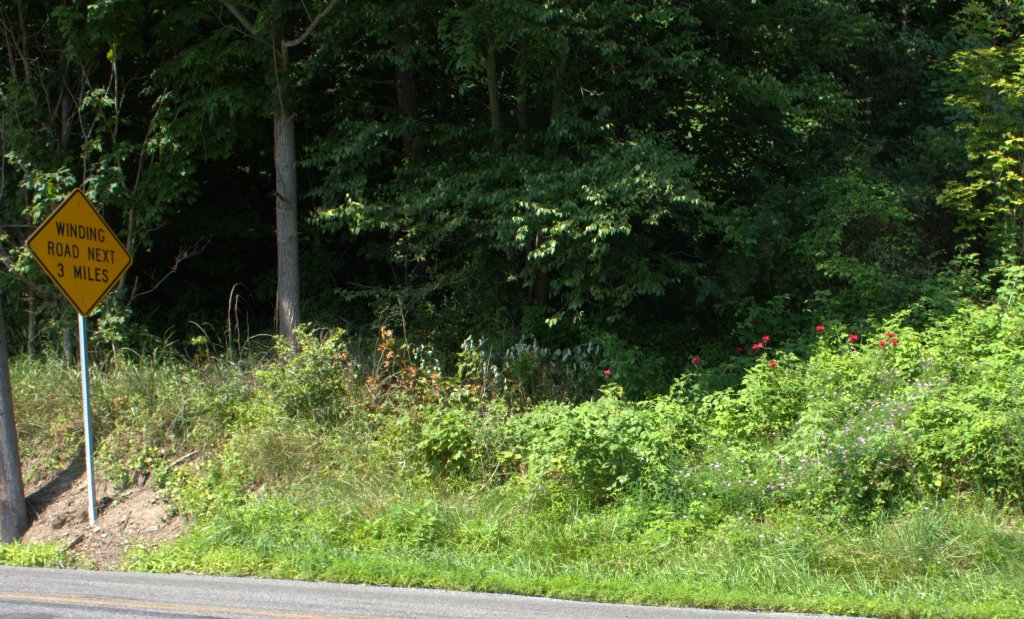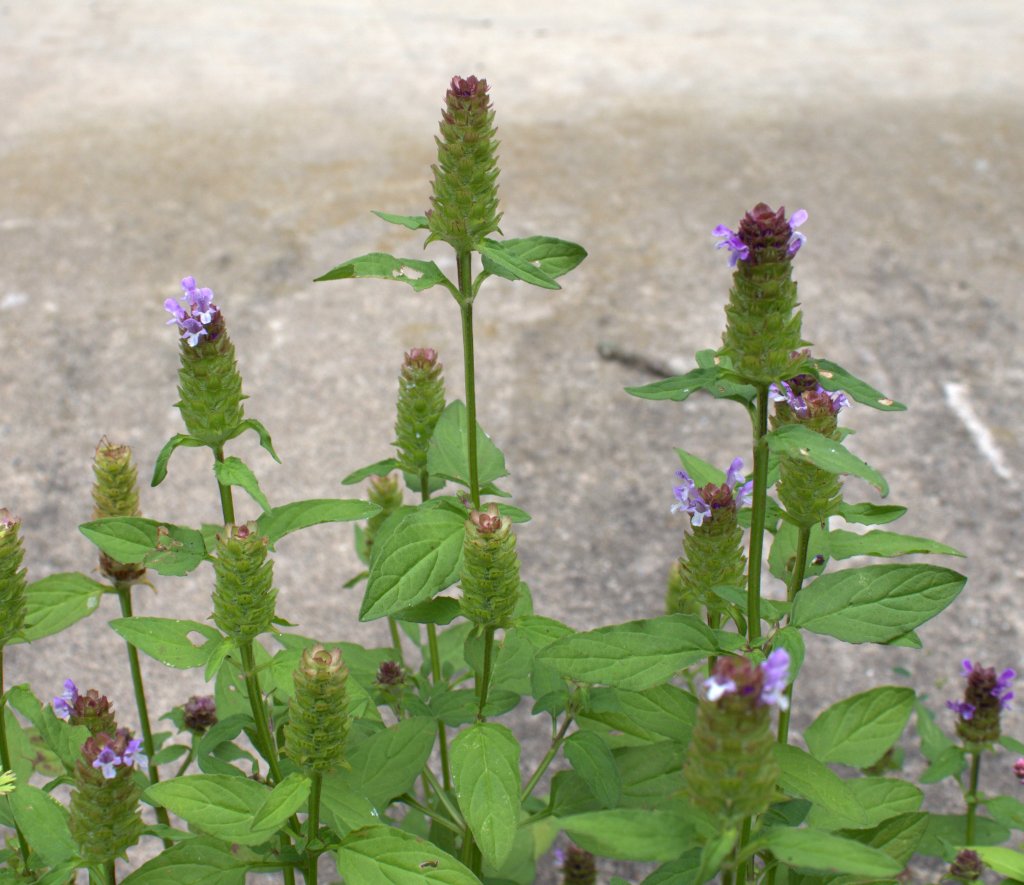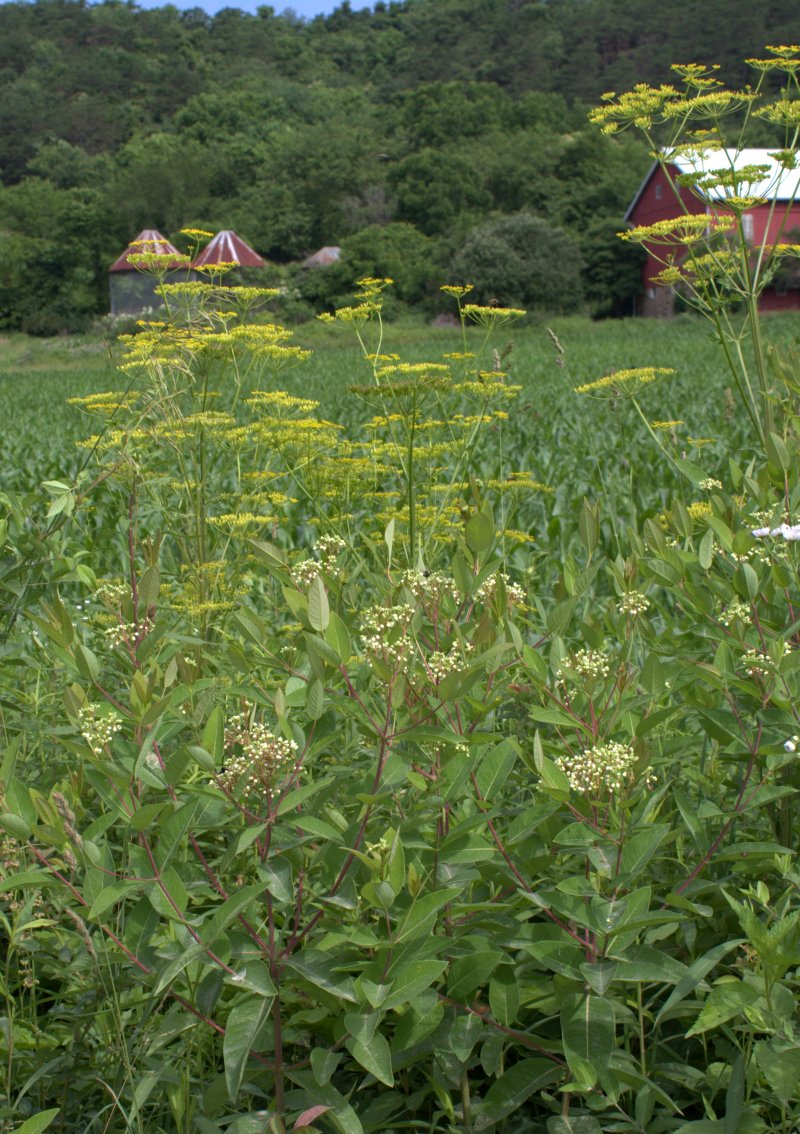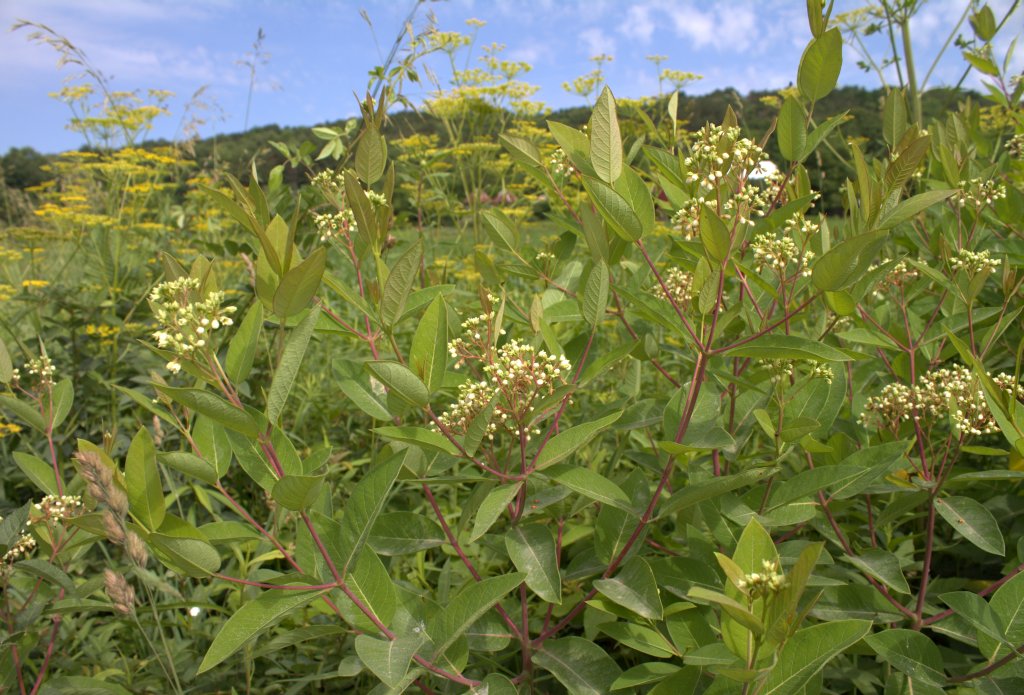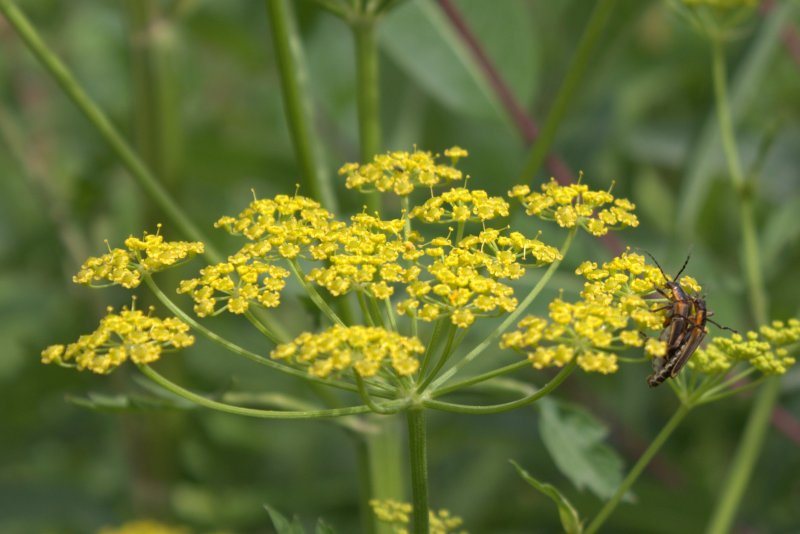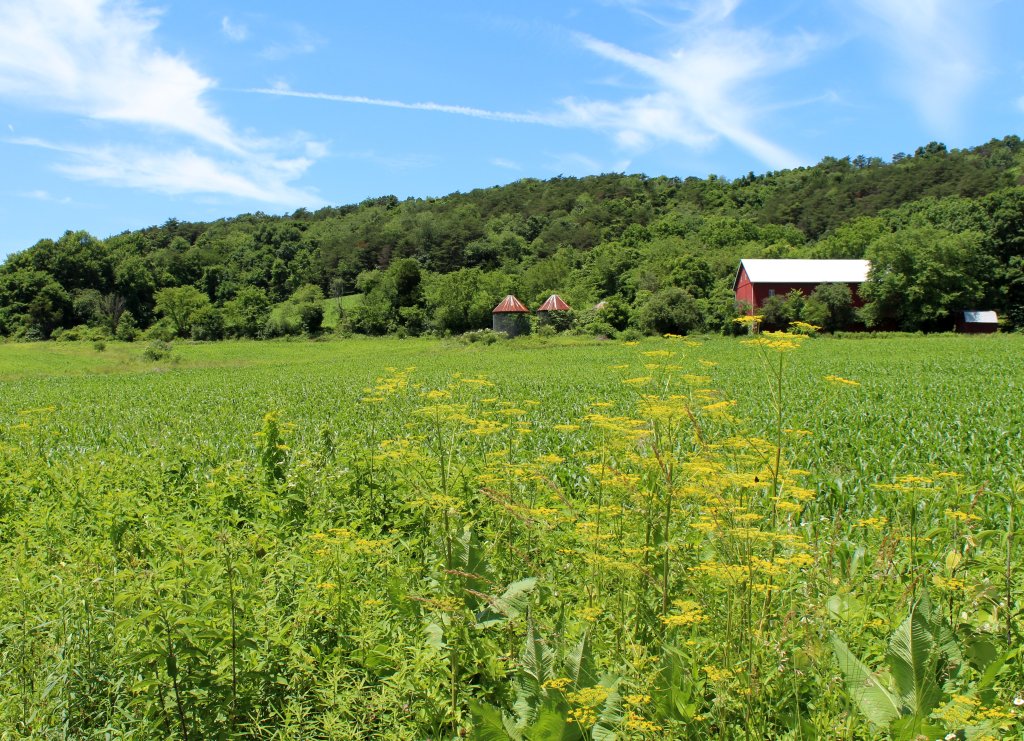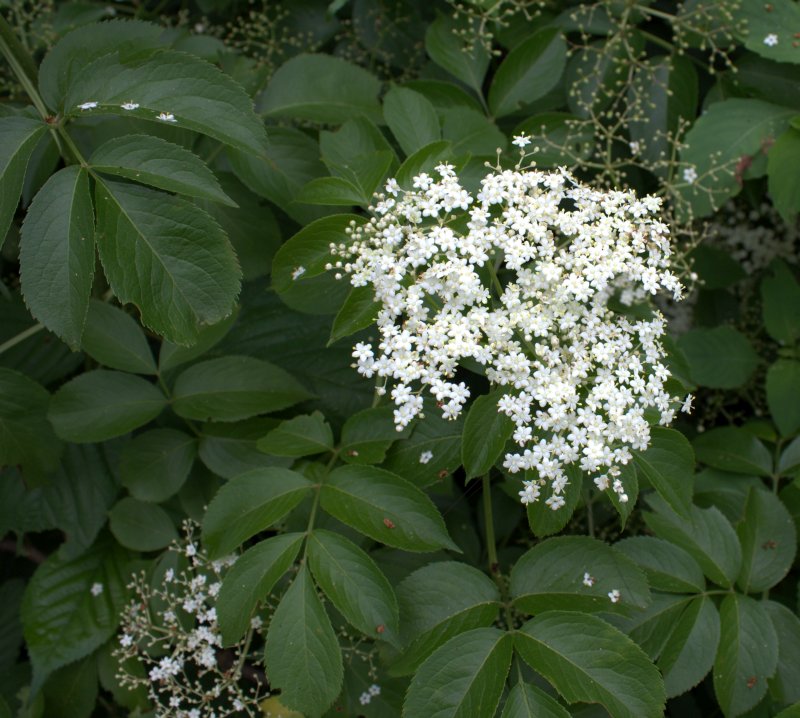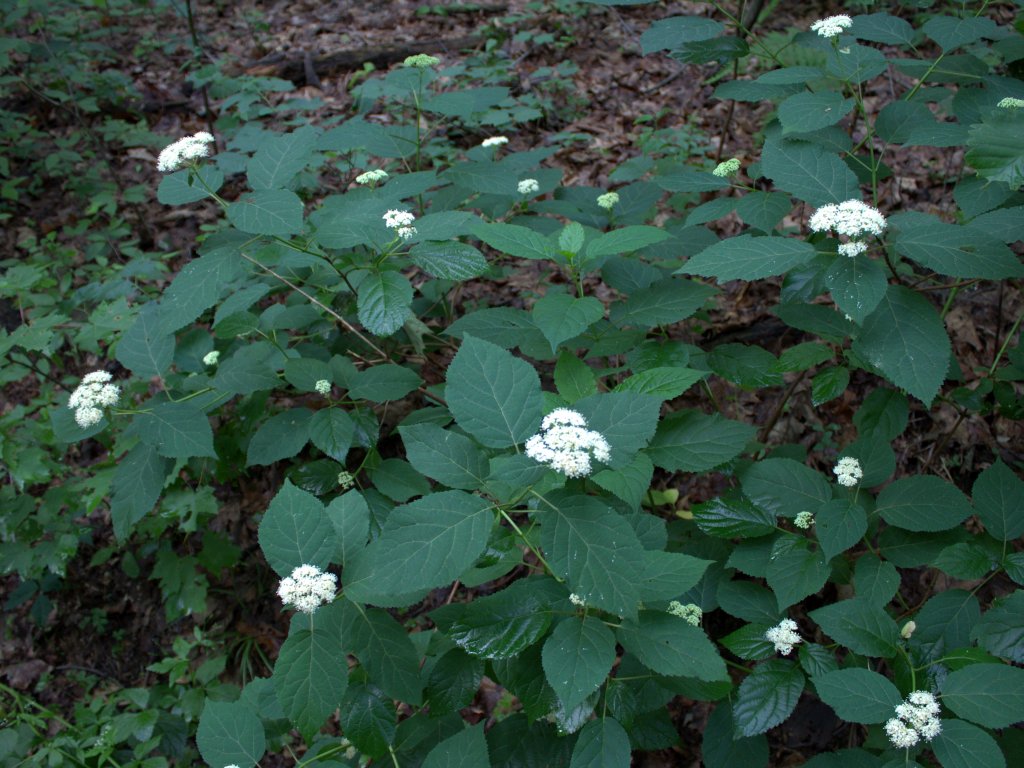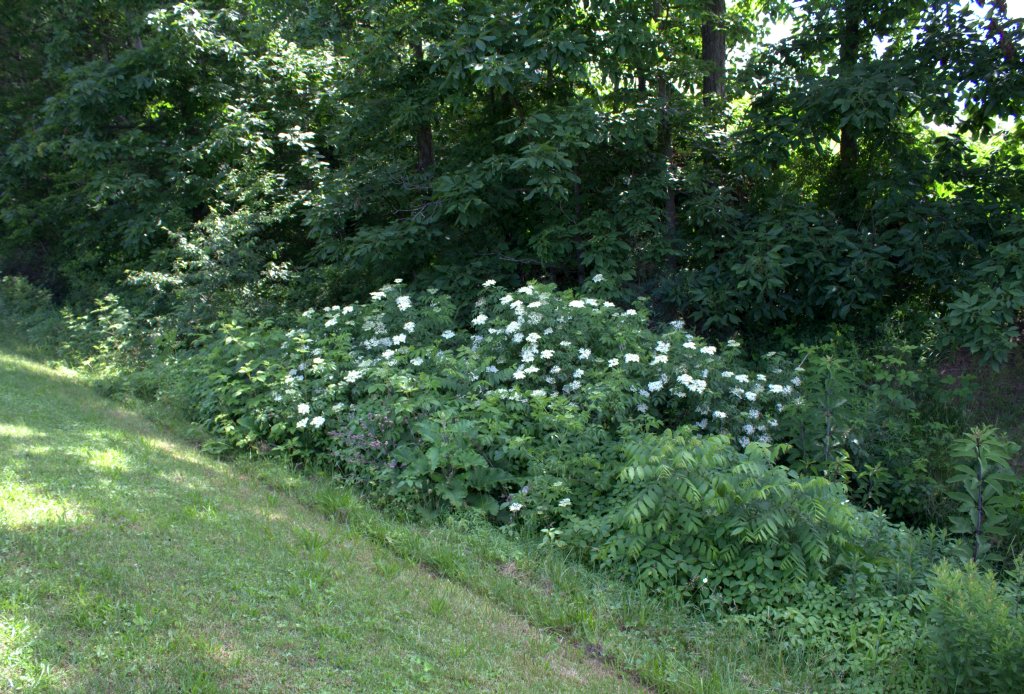Teasel is an alien plant and it looks weird, too.
Approaching 6 feet tall, the alien teasel plant is easily recognized, partially by its height and partially by its spines and prickles.

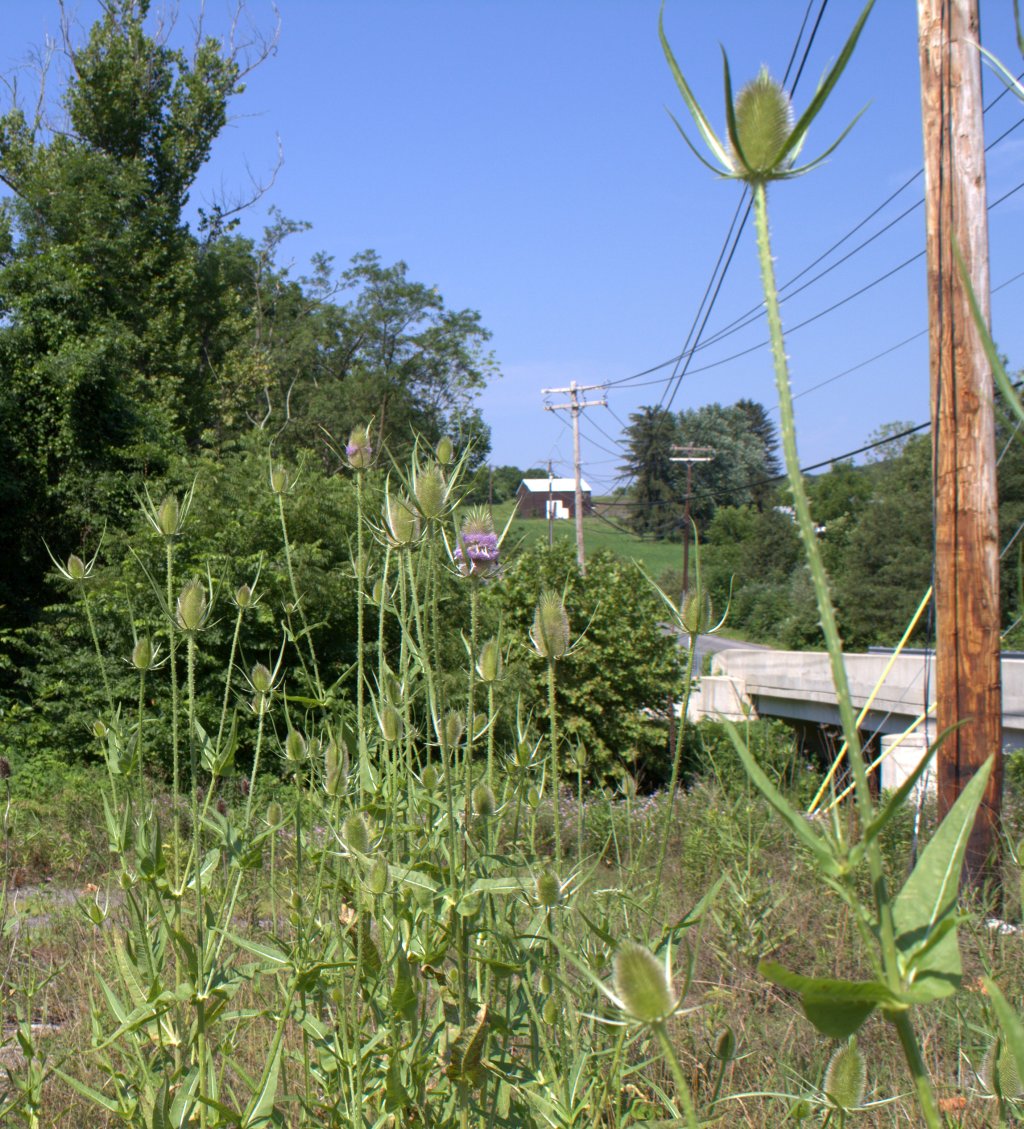
Long triangular leaves embrace the stem from opposite directions. Sometimes the pair of leaves form a cup that can catch rain water.
The long stems sport many prickles that announce themselves to anyone grasping the tall stem of this plant. Don’t they look absolutely painful in these photos?
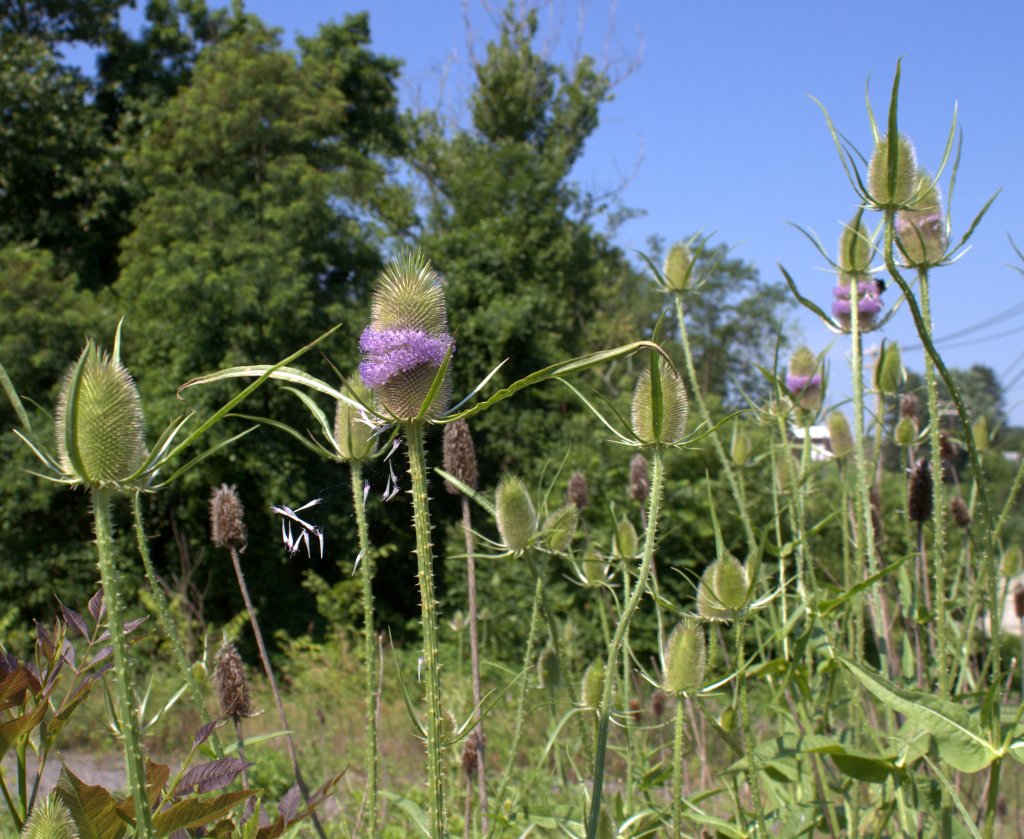
The flowering head of the plant is topmost and full of spines just daring you not to touch it. Teasel, Dipsacus sylvestris, can be found flowering from late summer into autumn. It’s also known as Fuller’s teasel, D. fullonum.
